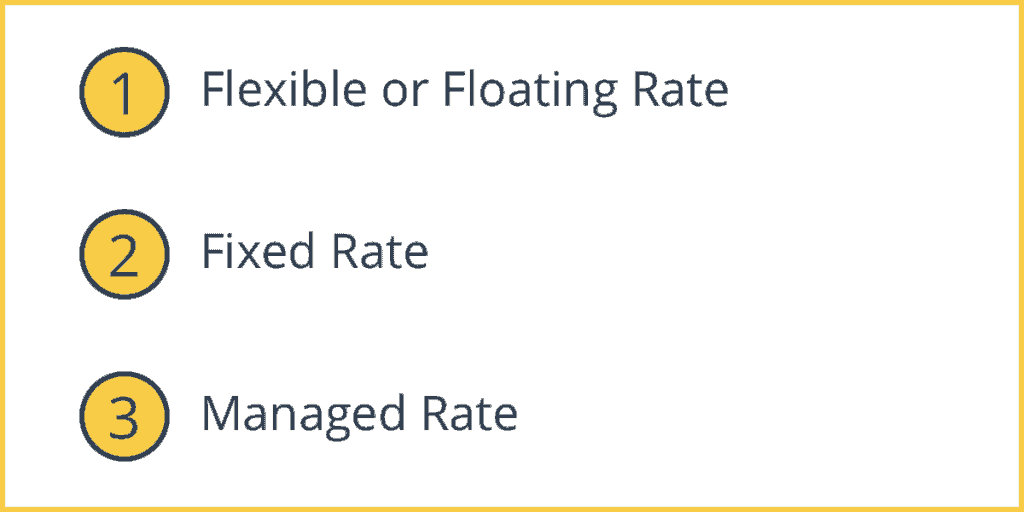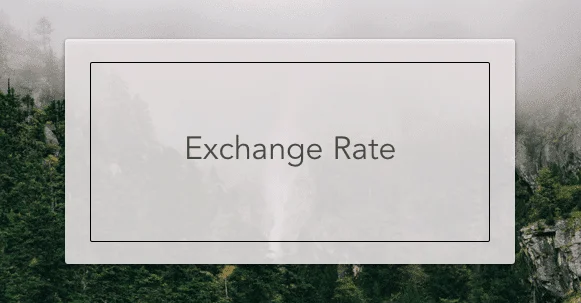The exchange rate of a currency is the price a currency expressed in terms of another currency. For example, $1 is worth €0.82 (07/15/12). The foreign exchange market is a market where people exchange currencies for other currencies. In this market, all buyers are also sellers since they are buying in one currency and selling another.
Types of Exchange Rate Systems

1. Flexible or Floating Rate
A floating exchange rate is one in which currencies are left to float against each other, and the market decides the value of the currency. Most of the currencies are floating; however central banks attempt to influence the value of floating exchange rates.
2. Fixed Rate
In a fixed exchange rate, a currency is pegged at a certain value to another currency, or a basket of other currencies or to the value of a commodity like gold. The rate between the currency and its peg does not change based on market conditions.
3. Managed Rate
A managed exchange rate is one in which a currency is left to float within a lower and upper levels, in which the central bank can intervene to “decide” the value of the currency. Here, there is a lot more intervention than in a flexible rate.
Fluctuations in Exchange Rates Explained

1. Appreciation
A currency appreciates if it’s price increases or increases in value in a floating exchange rate system. For example, $1.22 is worth €1 now, if it increases to $1.30= €1, then the euro has appreciated, a euro can buy more dollars.
2. Depreciation
A currency depreciates if it’s price decreases or loses value against other countries in a floating exchange rate system. For example, $1.22 is worth €1 now, if it decreases to $1.10= €1, then the euro has depreciated, a euro can buy fewer dollars. When one currency depreciates with respect to another currency, the other currency appreciates.
3. Devaluation
A devaluation is a decrease in the official price of a currency in a fixed exchange rate system. The Chinese Yuan was pegged to the dollar, where $1 = 6.4 Yuan, a devaluation of the Yuan would result in $1 = 8 Yuan. This is usually done to bring the currency value closer to what the value should be.

